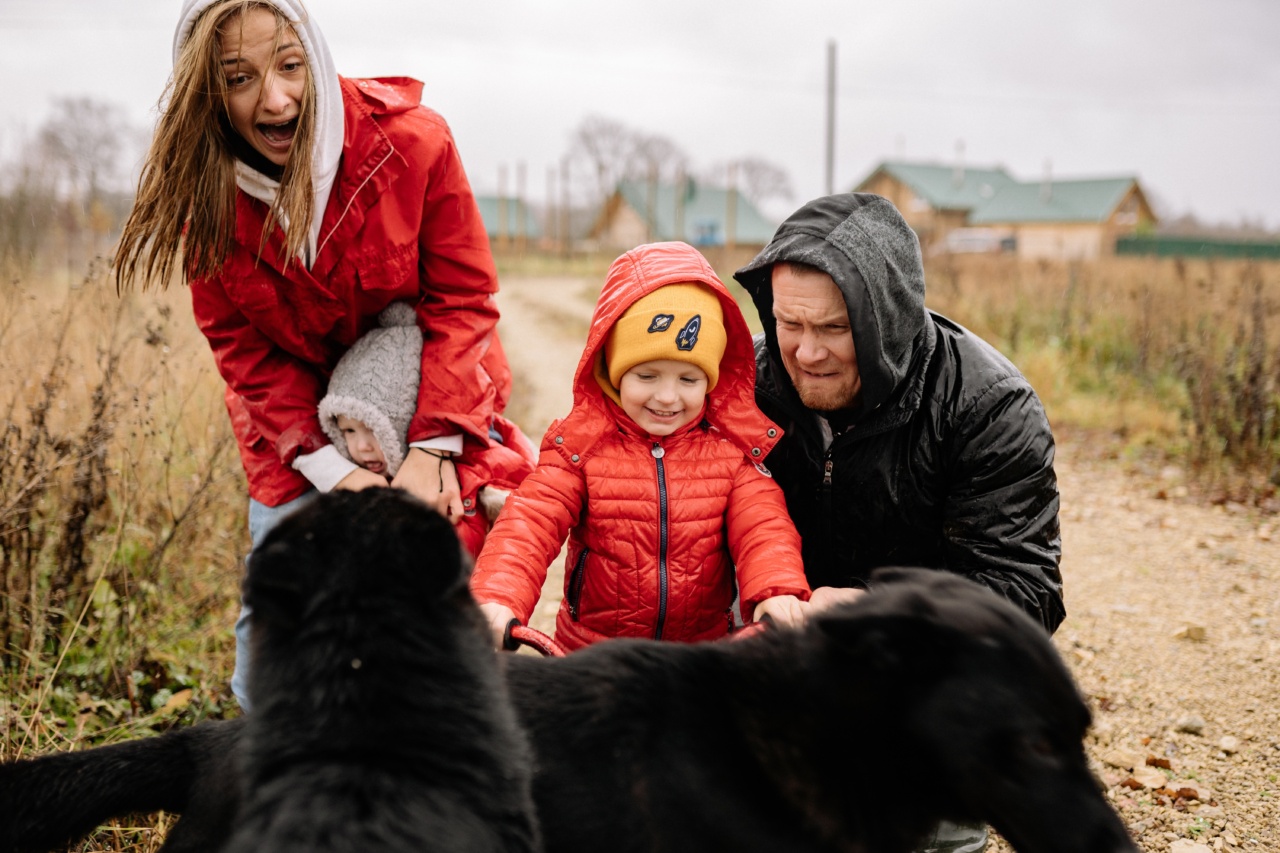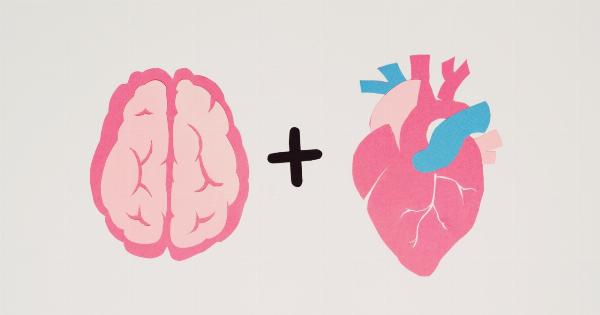Just like humans, dogs have the ability to express a wide range of emotions through their facial expressions.
But did you know that dogs can change their facial expressions in four different ways? In this article, we will dive deeper into the science behind dog facial expressions, and how it can help you better understand your furry friend.
The Four Facial Expressions of Dogs
Dogs can change their facial expressions in four different ways, each of which conveys a different emotion:.
The Neutral Face
The neutral face is the default expression of dogs, which is neither happy nor sad. In this expression, the eyes are wide open, the mouth is closed, and the ears are relaxed.
It’s important to note that even though dogs may look calm in this expression, they can still be alert and focused on their surroundings.
The Happy Face
The happy face is characterized by a relaxed and open mouth, with the tongue hanging out and the lips pulled back. The eyes may also appear more relaxed and soft.
This expression is usually accompanied by wagging of the tail, and often indicates excitement or joy.
The Fearful Face
The fearful face is characterized by eyes that are wide open and staring, with the ears pulled back and the mouth closed. This expression is often accompanied by a tense body posture and may indicate anxiety, fear, or stress.
Dogs may exhibit this expression when they are in a new or unfamiliar environment, or when faced with a stressful situation.
The Aggressive Face
The aggressive face is characterized by a tense body posture, with the ears forward and the mouth closed. The eyes may appear narrow and focused, and the dog may growl or bark.
This expression indicates that the dog is feeling threatened or territorial, and may be preparing to defend itself.
Why Understanding Dog Facial Expressions is Important
Understanding dog facial expressions is essential for building a strong and trusting relationship with your furry friend.
By paying attention to your dog’s facial expressions, you can learn to recognize when they are feeling happy, scared, anxious, or aggressive. This knowledge can help you respond appropriately to your dog’s needs, and can also prevent potentially dangerous situations from arising.
For example, if you notice that your dog is exhibiting a fearful facial expression, you may be able to identify the source of their anxiety and take steps to remove them from the situation or alleviate their fears.
Similarly, if you notice that your dog is exhibiting an aggressive facial expression, you may be able to remove them from the situation or take measures to prevent any potential harm from occurring.
Overall, understanding your dog’s facial expressions can help you to build a stronger bond with your pet, and ensure that they feel loved, safe, and comfortable in their environment.
Conclusion
In conclusion, dogs have the ability to change their facial expressions in four different ways, each of which conveys a different emotion.
Understanding dog facial expressions is essential for building a strong and trusting relationship with your furry friend, and can help you respond appropriately to their needs. By paying attention to your dog’s facial expressions, you can ensure that they feel loved, safe, and comfortable in their environment.





























